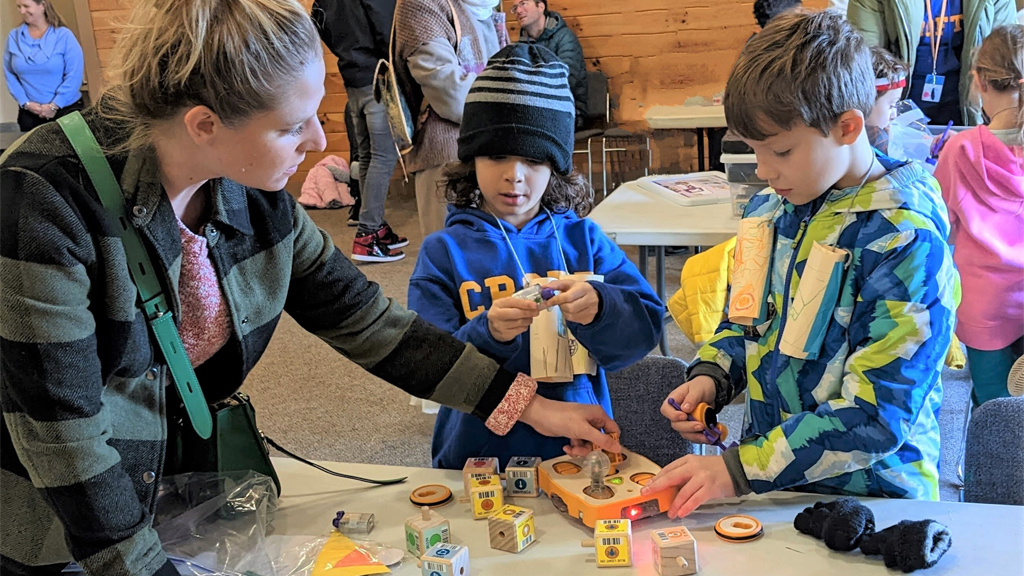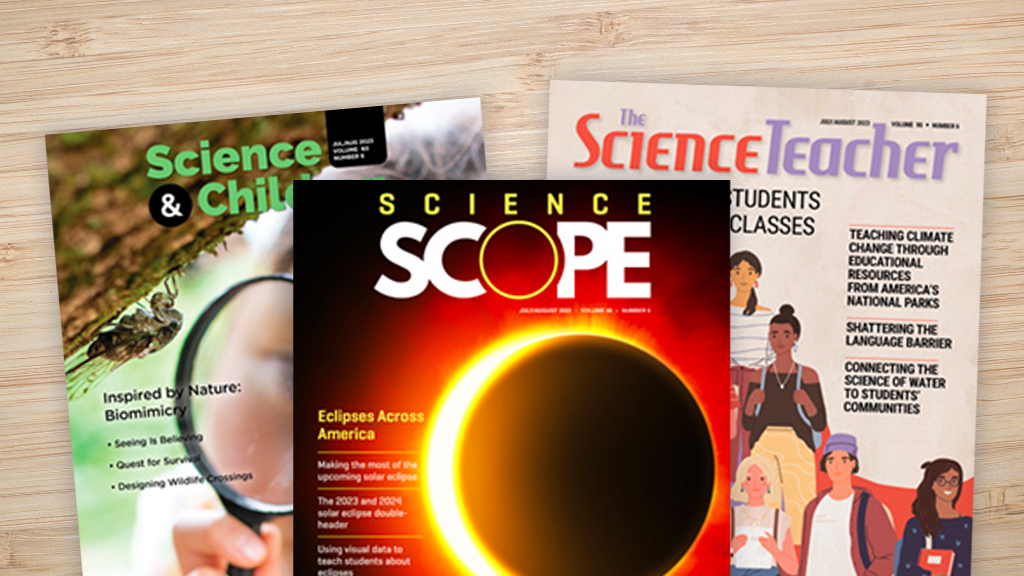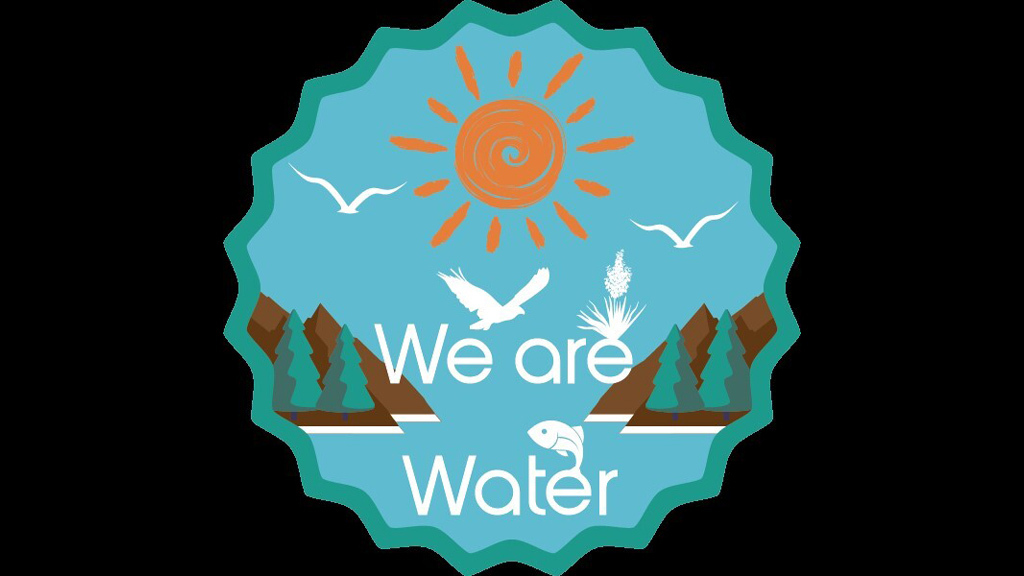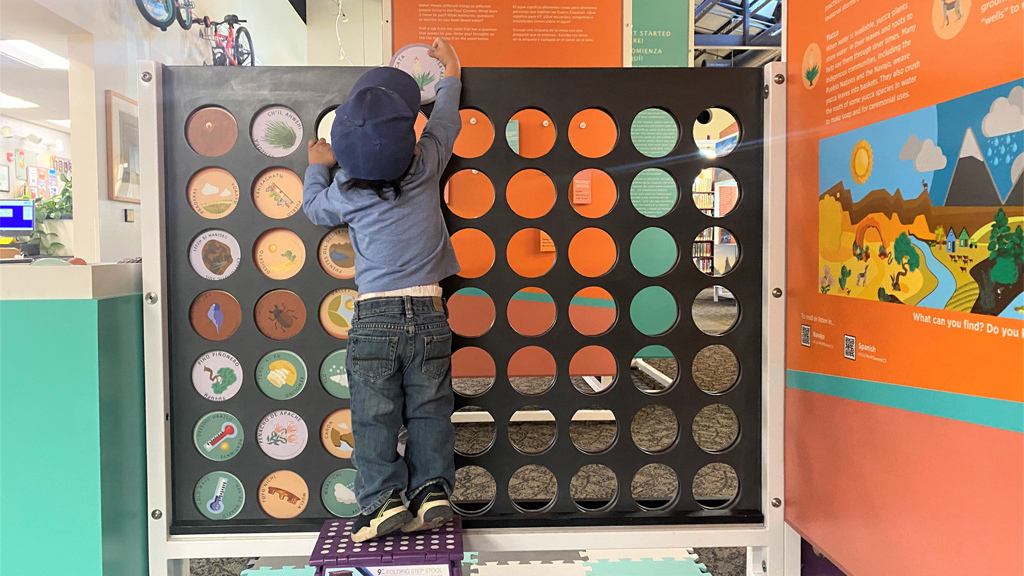Book Beat Live! Activating Students' Ideas, September 19, 2023
Join us on Tuesday, September 19, 2023, from 7:00 PM to 8:15 PM ET, to learn about the NSTA Press book Activating Students' Ideas: Linking Formative Assessment Probes to Instructional Sequence.
Join us on Tuesday, September 19, 2023, from 7:00 PM to 8:15 PM ET, to learn about the NSTA Press book Activating Students' Ideas: Linking Formative Assessment Probes to Instructional Sequence.
Join us on Tuesday, September 19, 2023, from 7:00 PM to 8:15 PM ET, to learn about the NSTA Press book Activating Students' Ideas: Linking Formative Assessment Probes to Instructional Sequence.
Join us on Tuesday, September 19, 2023, from 7:00 PM to 8:15 PM ET, to learn about the NSTA Press book Activating Students' Ideas: Linking Formative Assessment Probes to Instructional Sequence.
Join us on Tuesday, September 19, 2023, from 7:00 PM to 8:15 PM ET, to learn about the NSTA Press book Activating Students' Ideas: Linking Formative Assessment Probes to Instructional Sequence.










